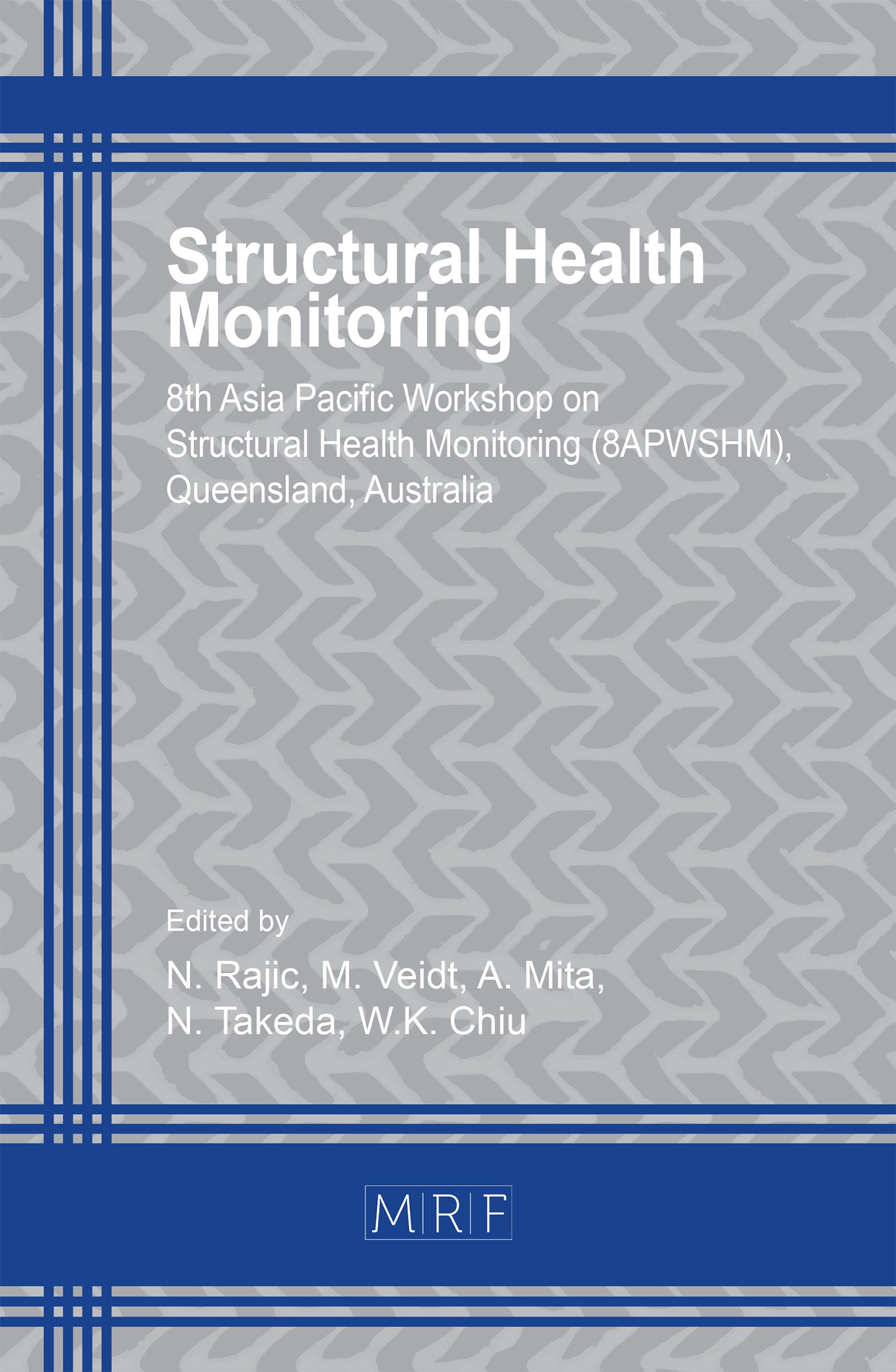Preventing Deterioration of Active Vibration Control Effect Due to Aging Deterioration and Damage based on Deep Learning
Miao Cao, Songtao Xue
download PDFAbstract. When designing a building’s active vibration control, it is necessary to properly evaluate the effect on the control effect caused by changes in vibration characteristics due to aging deterioration and damage. However, although the previous designs have certain robustness against changes in vibration characteristics, they have insufficient on these control effect. In this paper, we establish a method based on deep learning to identify changes in vibration characteristics. Using this method, we can achieve to prevent reduction of the active control effect.
Keywords
Preventing Deterioration, Active Vibration Control, Deep Learning, Convolutional Neural Network, H∞ Control
Published online 2/20/2021, 8 pages
Copyright © 2021 by the author(s)
Published under license by Materials Research Forum LLC., Millersville PA, USA
Citation: Miao Cao, Songtao Xue, Preventing Deterioration of Active Vibration Control Effect Due to Aging Deterioration and Damage based on Deep Learning, Materials Research Proceedings, Vol. 18, pp 217-224, 2021
DOI: https://doi.org/10.21741/9781644901311-26
The article was published as article 26 of the book Structural Health Monitoring
![]() Content from this work may be used under the terms of the Creative Commons Attribution 3.0 licence. Any further distribution of this work must maintain attribution to the author(s) and the title of the work, journal citation and DOI.
Content from this work may be used under the terms of the Creative Commons Attribution 3.0 licence. Any further distribution of this work must maintain attribution to the author(s) and the title of the work, journal citation and DOI.
References
[1] Architectural Institute of Japan, Intelligible Guide to Structural Control, first ed., Maruzen, Tokyo, 2014
[2] Tomohiro MAEDA, Shinta YOSHITOMI and Izuru TAKEWAKI, Stiffness-damping identification of buildings using limited earthquake records and ARX model, J. Struct. Constr. Eng., AIJ, Vol. 76, No.666, 2011, pp. 1415-1423. https://doi.org/10.3130/aijs.76.1415
[3] Hayabe Yasuhiro, Inoue Tetsushiro, Maseki Ryota, Nagashima Ichiro, Ochiai Hiroshi and Saito Kenji, The wind-induced response control by oil dampers and active mass damper: (Part 1) Response control systems and evaluation of wind-induced response performance, Summaries of technical papers of annual meeting, AIJ, 2004, pp. 71-72
[4] Peter Dorato, Luigi Fortuna and G. Muscato, Robust Control for Unstructured Perturbations: An Introduction, Springer Verlag, 1992. https://doi.org/10.1007/BFb0039551
[5] Diederik P. Kingma and Jimmy Lei Ba, Adam: A method for stochastic optimization, the 3rd International Conference for Learning Representations, San Diego, 2015
[6] F. R. Rofooei, Aghababaii Mobarake, G. Ahmadi, Generation of artificial earthquake records with a nonstationary Kanai–Tajimi model, Engineering Structures, Vol. 23, Issue 7, 2001, pp. 827-837. https://doi.org/10.1016/S0141-0296(00)00093-6
[7] Miao CAO, Masato MOTOSAKA, Tsoggerl TSAMBA and Kazushi YOSHIDA, Simulation analysis of a damaged 9-story SRC building during the 2011 Great East Japan Earthquake, Journal of Japan Association for Earthquake Engineering, Vol.13, No.2,2013, pp. 45-64. https://doi.org/10.5610/jaee.13.2_45
[8] IIYAMA Kahori, KURITA Satoshi, MOTOSAKA Masato, CHIBA Kazuki, HIRAMATSU Hiroki and MITSUJI Kazuya, Modal Identification of a Heavily Damaged 9-story SRC Building by Ambient Vibration Measurements, Vol.13, No.2, 2013, pp. 225-242































